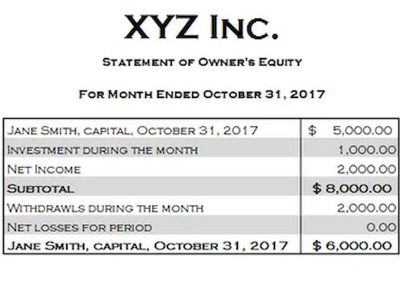
The process of calculating DD&A involves several steps, starting with the estimation of the total recoverable reserves for depletion purposes. This estimation is crucial as it directly impacts the rate at which costs are allocated over the productive life of the asset. Companies often use advanced software like PHDWin or ARIES to model these calculations, ensuring precision and compliance with industry standards. For depreciation and amortization, companies must determine the useful life of the asset and select an appropriate method, such as straight-line or units-of-production, to allocate costs systematically over time. Adherence to financial reporting standards is paramount in the oil and gas industry, given the sector’s complexity and the significant financial stakes involved.
- Depletion specifically pertains to the allocation of the cost of natural resources, such as oil and gas reserves, over their productive life.
- The classification of reserves into proved, probable, and possible categories is a crucial step in this process.
- These contracts require careful analysis to determine when and how revenue should be recognized.
- These principles, among others, provide the foundation for financial reporting under U.S.
- Information is considered material if its omission or misstatement could influence the economic decisions of users.
Oil and Gas Accounting: Key Principles and Practices

Depending on the company’s previous history, you might assume a decline rate of 5-10% per year – potentially more or less depending on how mature it is. You might assume a modest increase over that number, especially if the company is spending a lot on finding new resources. For purposes of this tutorial, we’re going to focus on Upstream, or E&P (Exploration & Production) companies because those are the most “different” https://www.bookstime.com/ from normal companies – and they’re the most common topic in interviews. Typically, there is a correlation between the amount of G&A spent and the amount of attainable detail. Luckily, the industry is doing a great job of utilizing technology to eliminate tedious, non-value-added tasks. These improvements should ultimately lead to being more efficient with fewer resources, but it’s still a work in progress.

Downstream Accounting
This is because adding back the non-cash charge for DD&A effectively negates the relatively larger impact to net income under the FC accounting method. When identical operational results are assumed, an oil and gas company following the SE method can be expected to report lower near-term Oil And Gas Accounting periodic net income than its FC counterpart. You want to track the beginning and ending reserves each year, the annual production volume, and the average price for each commodity; typically you use the same low/mid/high price cases that you used in the company’s operating model.
Consistency Principle
Invoicing and payments can be complex in the oil and gas sector, particularly when dealing with multiple stakeholders and partners. Oil and gas accounting software can automate the invoicing process, ensuring that payments are made on time and that cash flow is managed efficiently. Automated invoicing also reduces the risk of errors, ensuring that all financial transactions are accurately recorded. Effective cash flow management is essential for oil and gas companies, particularly given the industry’s cyclical nature. From managing day-to-day expenses to forecasting future revenues, having the right tools in place can make all the difference. Impairment of oil and gas assets is a critical accounting consideration, particularly given the volatile nature of commodity prices and the substantial capital investments involved.
Be sure to choose a vendor with experience in the energy industry and a track record of success. The best oil and gas accounting software should offer automation features that allow companies to automate routine accounting tasks, such as invoicing, expense tracking, and revenue allocation. However, without the subsequent discovery of new reserves, the resulting decline in periodic production rates will later begin to negatively impact revenues and the calculation of DD&A for both a SE and FC company. That “dry hole expense” I mentioned above is another name for unsuccessful exploration, and some companies actually add it back on their cash flow statements (long story, but essentially they are using a mix of both standards).
Joint Venture Accounting

Implications of the new revenue model

